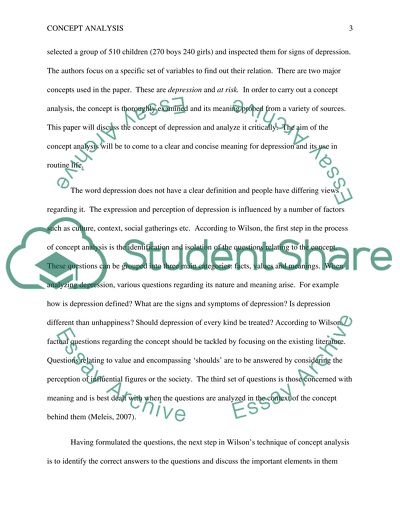Cite this document
(“Concept analysis Research Paper Example | Topics and Well Written Essays - 2000 words”, n.d.)
Retrieved from https://studentshare.org/education/1422384-concept-analysis
Retrieved from https://studentshare.org/education/1422384-concept-analysis
(Concept Analysis Research Paper Example | Topics and Well Written Essays - 2000 Words)
https://studentshare.org/education/1422384-concept-analysis.
https://studentshare.org/education/1422384-concept-analysis.
“Concept Analysis Research Paper Example | Topics and Well Written Essays - 2000 Words”, n.d. https://studentshare.org/education/1422384-concept-analysis.


